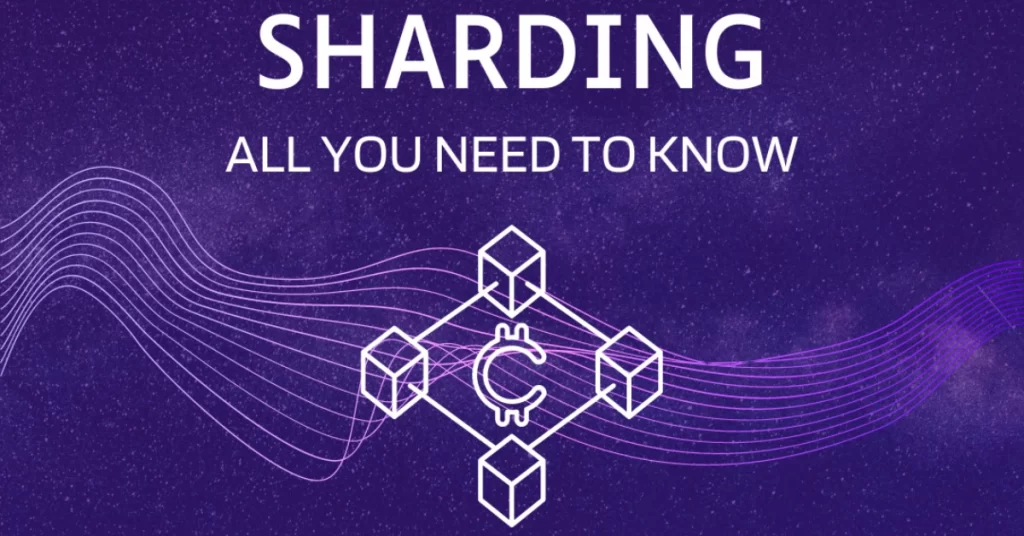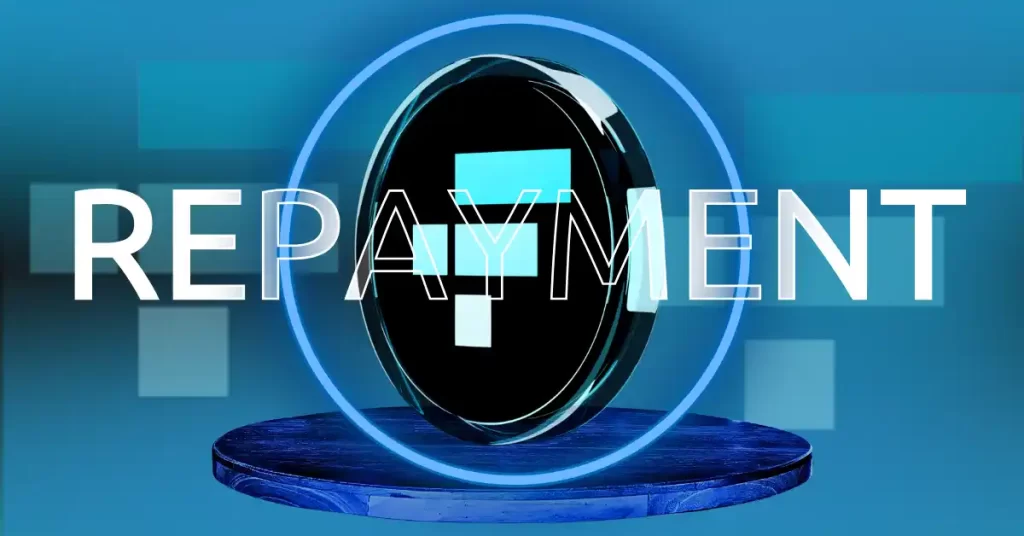
The post Blockchain Sharding: All You Need To Know appeared first on Coinpedia Fintech News
Introduction
Sharding is another novel concept that has come to rescue blockchains from their scalability woes. It functions to minimize computational load by spreading bits of data across different channels for easy management. In the real world, it could be described as a situation wherein different roads have been designed to lead to a central point, and each road may only cater to a specific type of vehicle to promote traffic efficiency and organization. Though in blockchain, the concept of sharding is a bit more complex than this. In this article, we shall break it down to ensure full comprehension.
What is Sharding?
Sharding is a process in which a database is partitioned horizontally or vertically into smaller units that manage specified types of its data. This reduces the computational effort involved in processing as the transfer of data is spread among its various partitions or shards. In blockchain, scalability is greatly improved when shards are integrated. A few blockchains have made the move to use shards to improve scalability; Ethereum 2.0, Polkadot, and Zilliqa, to name a few. Asides improved transaction throughput, sharding makes it easy to run a node as there won’t be any need for validator nodes to store excess transaction history; rather records will be limited to just transaction confirmations.
While the partitions or shards process bits of data, the Beacon or main chain oversees the function of the shards, coordinating the entire network—creating new blocks, ensuring newly created blocks are valid, and rewarding validators for maintaining a secure network.
How does Sharding work?
Sharding plays an essential role in blockchain. To grasp the importance of this role, we need an understanding of exactly how sharding works. But first, let’s start with the basic knowledge of blockchains. We know that nodes are a significant part of every blockchain as they provide some computational power for blockchains to function. With sharding, these nodes are divided into smaller groups. Data is then shared between these groups to scale and efficiently process them.
These smaller groups are referred to as shards, and each of them manages a specific type of data. Shards can be arranged horizontally in rows, with each shard having specific information it processes. Lastly, it goes without saying that shards have to be in constant communication with each other for easy access to information.
Blockchains that use Sharding
In a bid to achieve greater scalability, some blockchains have integrated shards in their architecture. Namely; Ethereum 2.0, Polkadot, and Zilliqa, amongst others.
1. Ethereum 2.0
The Merge saw Ethereum move from the Proof of work to the Proof of Stake consensus mechanism. This was a major step in the transition to Ethereum 2.0, which is chiefly based on the concept of sharding. Ethereum’s sharding is multi-phased, meaning this will improve both its transaction throughput and storage capacity, essentially needing less computing power. This means the new Ethereum will allow more transactions at a faster and cheaper rate, all while maintaining tight security.
2. Polkadot
Unlike Ethereum, Polkadot was originally built as a sharded blockchain network. Although Polkadot’s shards are heterogeneous shards, this means that data is split into multiple sub-blockchains known as Parachains. For the different types of transactions on its blockchain, Polkadot has specialized chains that carry out these functions efficiently. This leads to increased network capacity. Making Polkadot an attractive investment.
3. Zilliqa
Another blockchain that utilizes sharding is Zilliqa. This makes it highly scalable as it is able to process transactions simultaneously due to sharding integrated into its architecture. Incoming transactions on Zilliqa get assigned to a particular shard. The selection of shard is determined by the sender’s address; this is also known as transaction sharding. This allows Zilliqa to perform computations very efficiently.
Sharding Drawbacks
Sharding clearly improves blockchains tremendously, but if a shard is corrupted by hackers, they could easily bring down the entire system. Additionally, the blockchain becomes less decentralized as not every node will have the power to validate, leaving only randomly assigned nodes on the blockchain to perform that function.
Bottomline
Sharding has become an ingenious means to optimize any database. With the growing issues in the crypto space, we’re certain to see more blockchains and businesses integrating the use of shards in their function to achieve scalability and efficiency. Though they may pose a serious security risk, they seem to be one of the best options to scale any system.
Disclaimer: This is a guest post. Coinpedia does not endorse or is responsible for any content, accuracy, quality, advertising, products, or other materials on this page. Readers should do their own research before taking any actions related to the company.

 2 years ago
167
2 years ago
167














 English (US) ·
English (US) ·